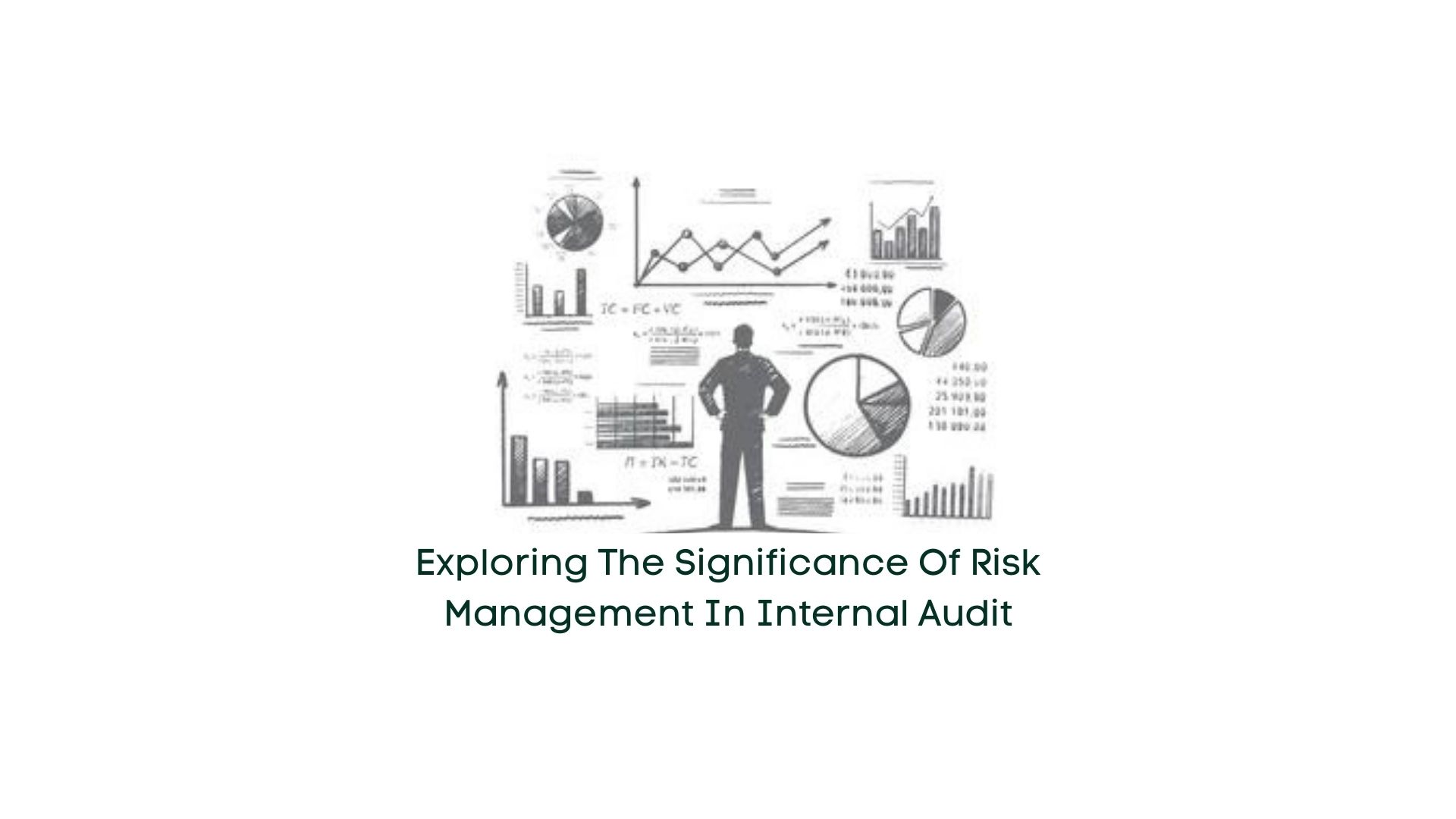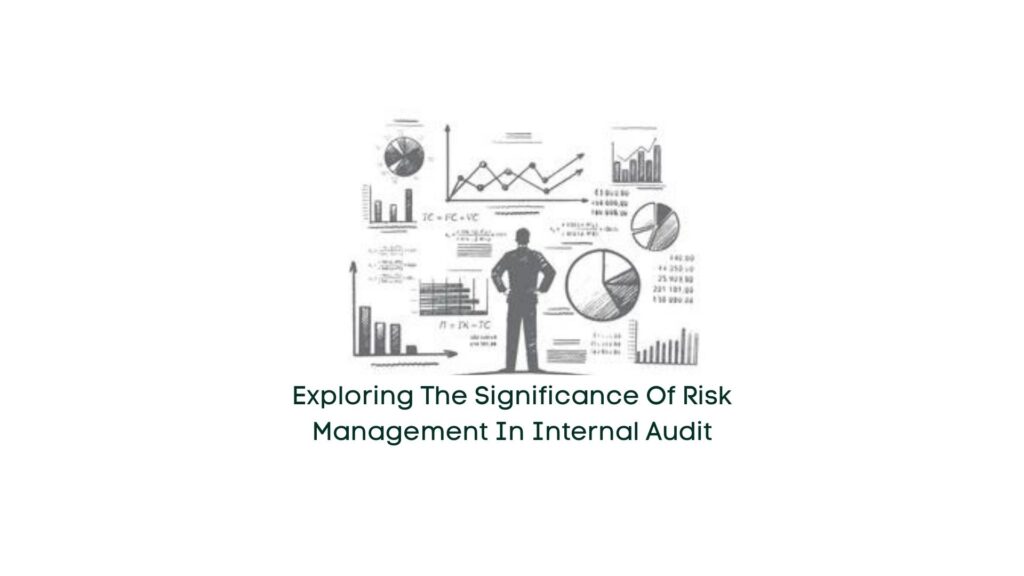
29 Feb Exploring the Significance of Risk Management in Internal Audit

Risk management within the realm of internal audit is a critical aspect, defining the potential impacts on organizational objectives due to various events. It encapsulates both positive and negative ramifications, necessitating a meticulous approach to mitigate and capitalize on risks.
Types of Risks:
Within internal audit, risks manifest in three primary forms:
- Inherent Risk: These risks are inherent to the nature of a client's business or transactions, often stemming from their complexity and intricacies beyond the reach of internal controls.
- Control Risk: This category encompasses the risk that a client's control system might fail to detect or prevent material misstatements, posing a threat to accurate financial reporting.
- Detection Risk: Audit procedures may sometimes prove inadequate in identifying material misstatements, thereby presenting a detection risk.
Risk Management Framework:
A structured risk management framework serves as a blueprint for organizations to identify, assess, and respond to risks effectively. It outlines strategies to minimize the impact of risks and establishes mechanisms for ongoing monitoring and evaluation.
Steps in a Risk Management Framework:
The process involves several key steps:
- Identification of potential threats
- Measurement or analysis of threats
- Mitigation strategies
- Reporting and continuous monitoring
- Governance oversight
Frameworks for Risk Management:
Various frameworks are employed for robust risk management, including:
COSO (Committee of Sponsoring Organizations of the Treadway Commission):
Established in 1992, COSO’s model emphasizes internal controls to ensure operational effectiveness, financial reliability, and compliance with laws and regulations.
COCO (Confidential Consortium):
Developed by Microsoft, COCO offers a blockchain framework focused on building trusted networks, emphasizing criteria such as purpose, commitment, capability, and monitoring.
COBIT (Control Objectives for Information and Related Technologies):
Developed by ISACA, COBIT provides a holistic approach to IT governance and management, addressing stakeholder needs and encompassing various focus areas like planning, delivery, acquisition, and monitoring.
Understanding and implementing these frameworks is integral to effective risk management, empowering organizations to navigate uncertainties while safeguarding their objectives and interests.


No Comments